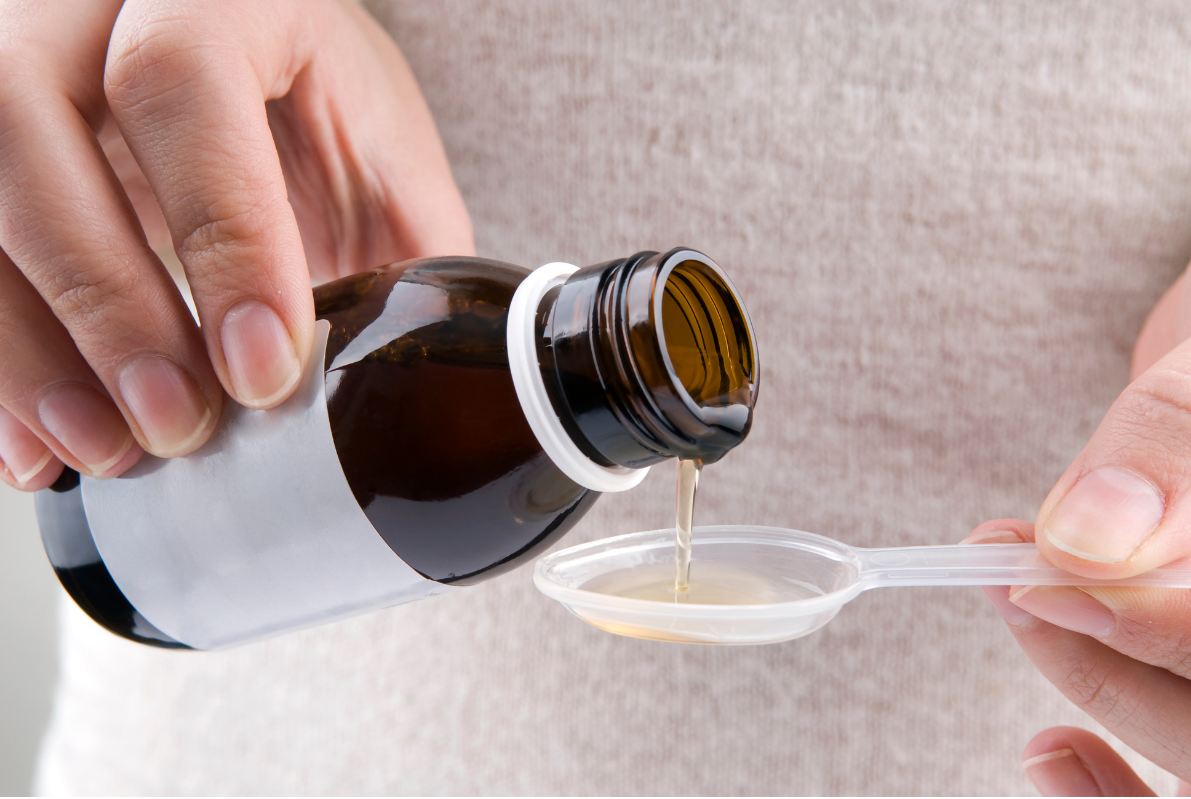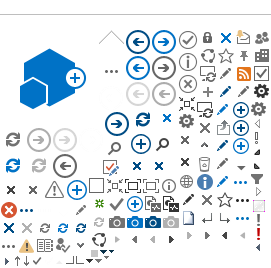 There have been numerous recent instances of syrups containing the contaminants ethylene glycol and/or diethylene glycol which are industrial solvents commonly used in antifreeze and brake fluid. These metabolise to acids which can lead to renal failure, neurological damage and death.
There have been numerous recent instances of syrups containing the contaminants ethylene glycol and/or diethylene glycol which are industrial solvents commonly used in antifreeze and brake fluid. These metabolise to acids which can lead to renal failure, neurological damage and death.
In 2022, over 300 children died in Asia and Africa after consuming syrups with these contaminants. The reference technique to detect these is not portable nor readily accessible in many countries and requires syrup bottles to be opened. Hence, there is an urgent need to investigate whether portable and accessible screening devices could be used in supply chains to detect these dangerous products.
In response to this, the Science and Technology Facilities Council (STFC) Central Laser Facility (CLF) in a partnership with Oxford University (the lead organisation) and others have demonstrated the use of a specialised laser spectroscopy technique, Spatially Offset Raman Spectroscopy (SORS), to rapidly verify the presence of such contaminants both for raw ingredients and syrups through unopened bottles.
SORS performs chemical analysis by shining a laser light onto a bottle and inspecting the light scattered from it to indicate the presence of different ingredients. SORS was originally invented and developed into a spin-out company by CLF, which was acquired in 2017 by Agilent Technologies, where the technique continues to be developed for various applications.
The full study can be read in Journal of Pharmaceutical and Biomedical Analysis.
Image credit: Canva
